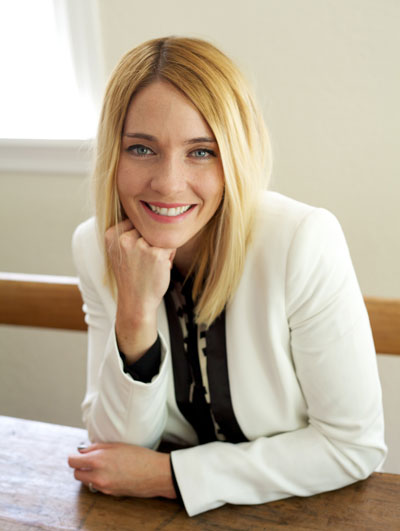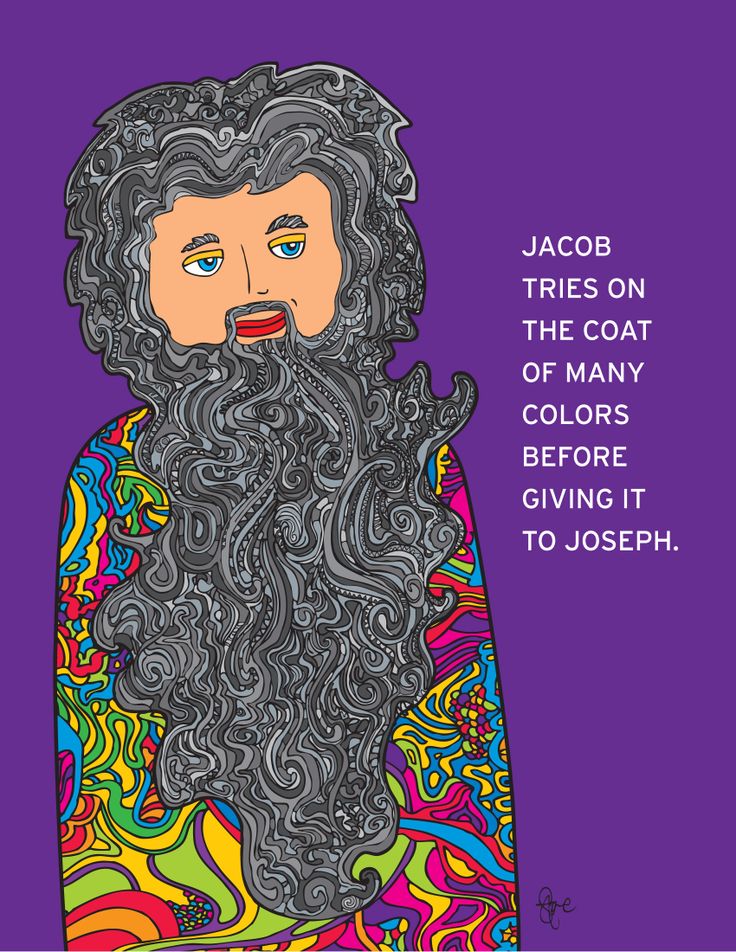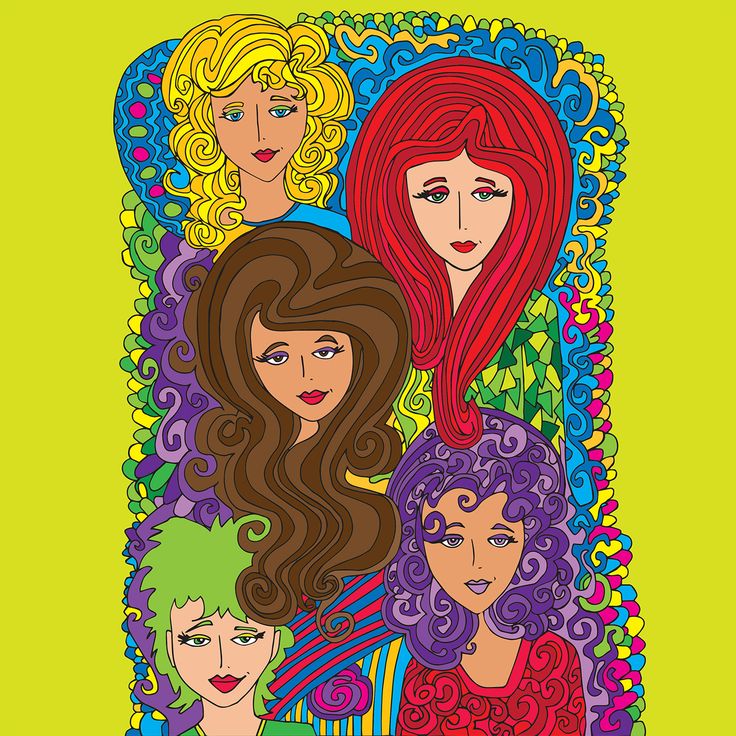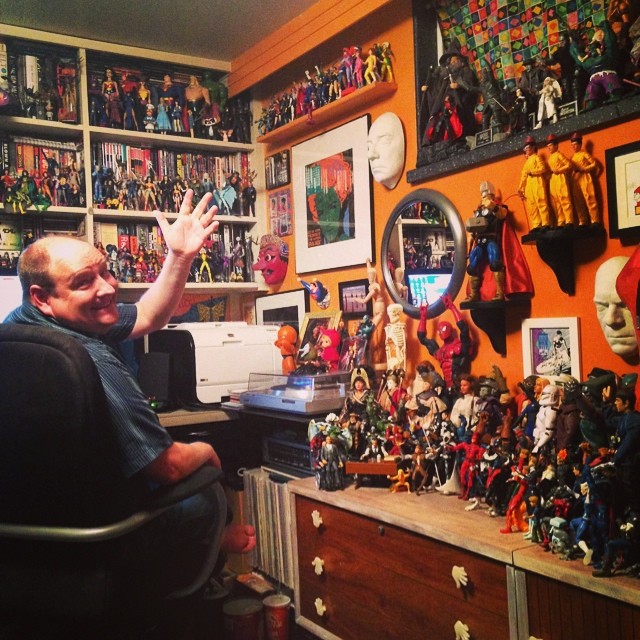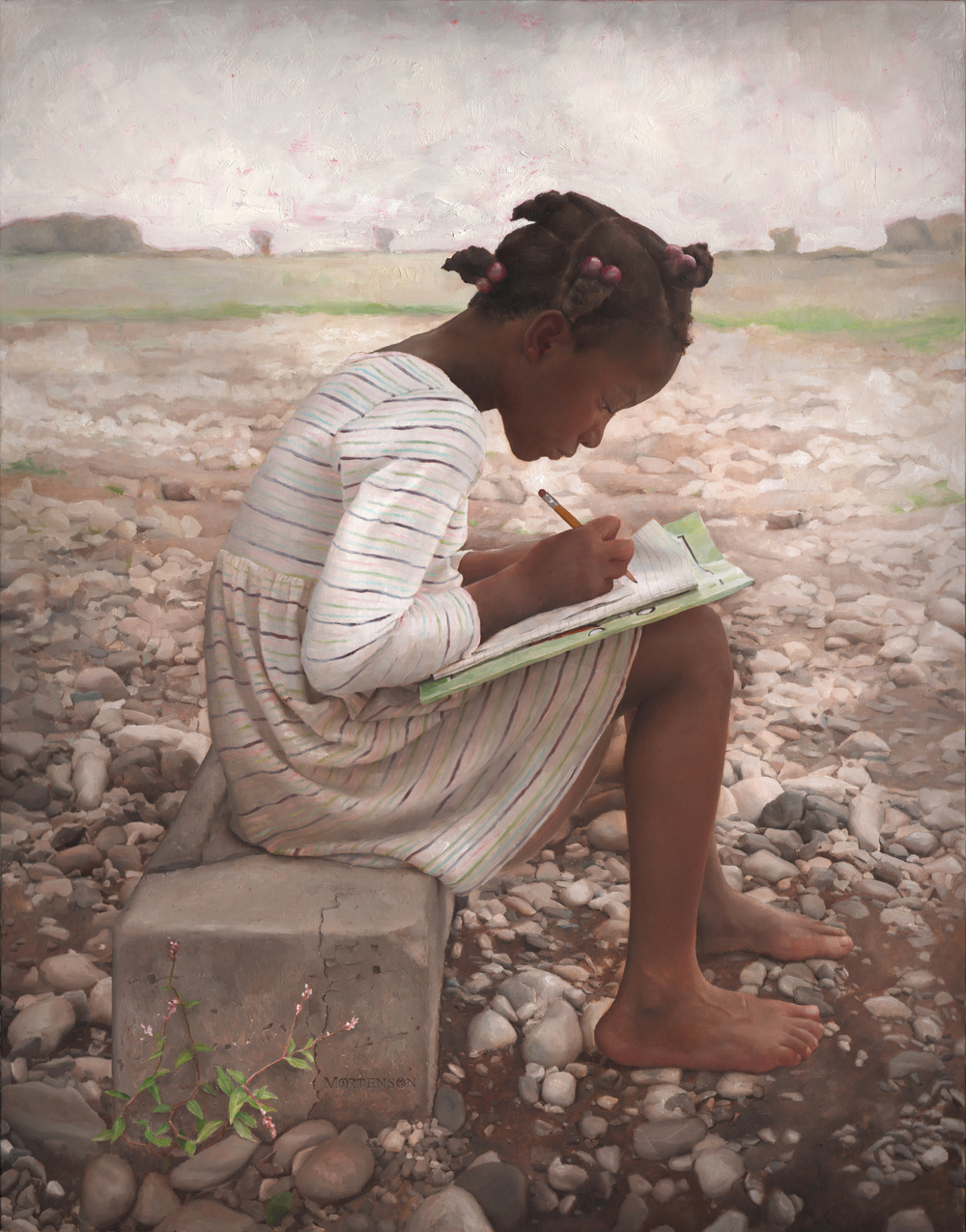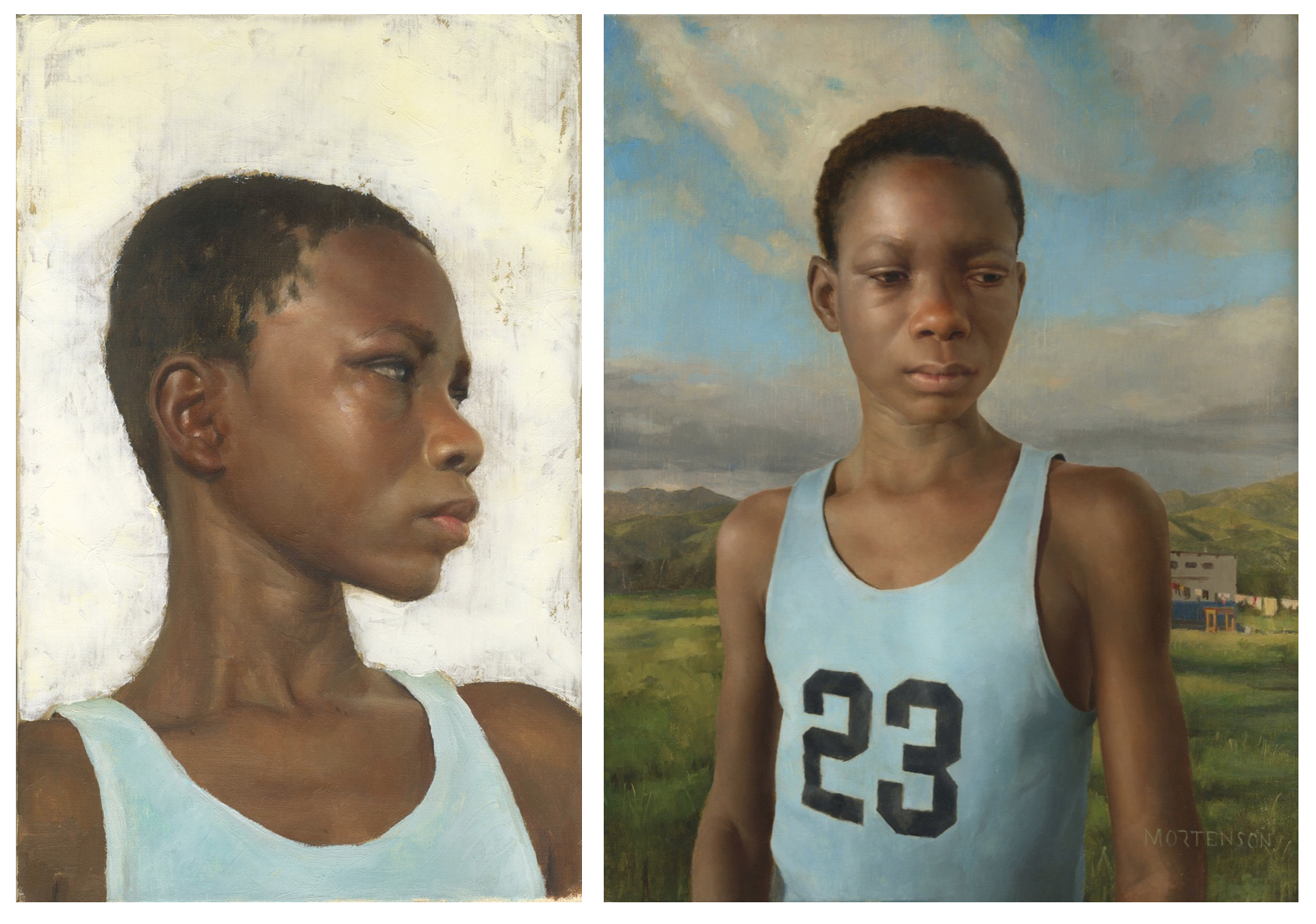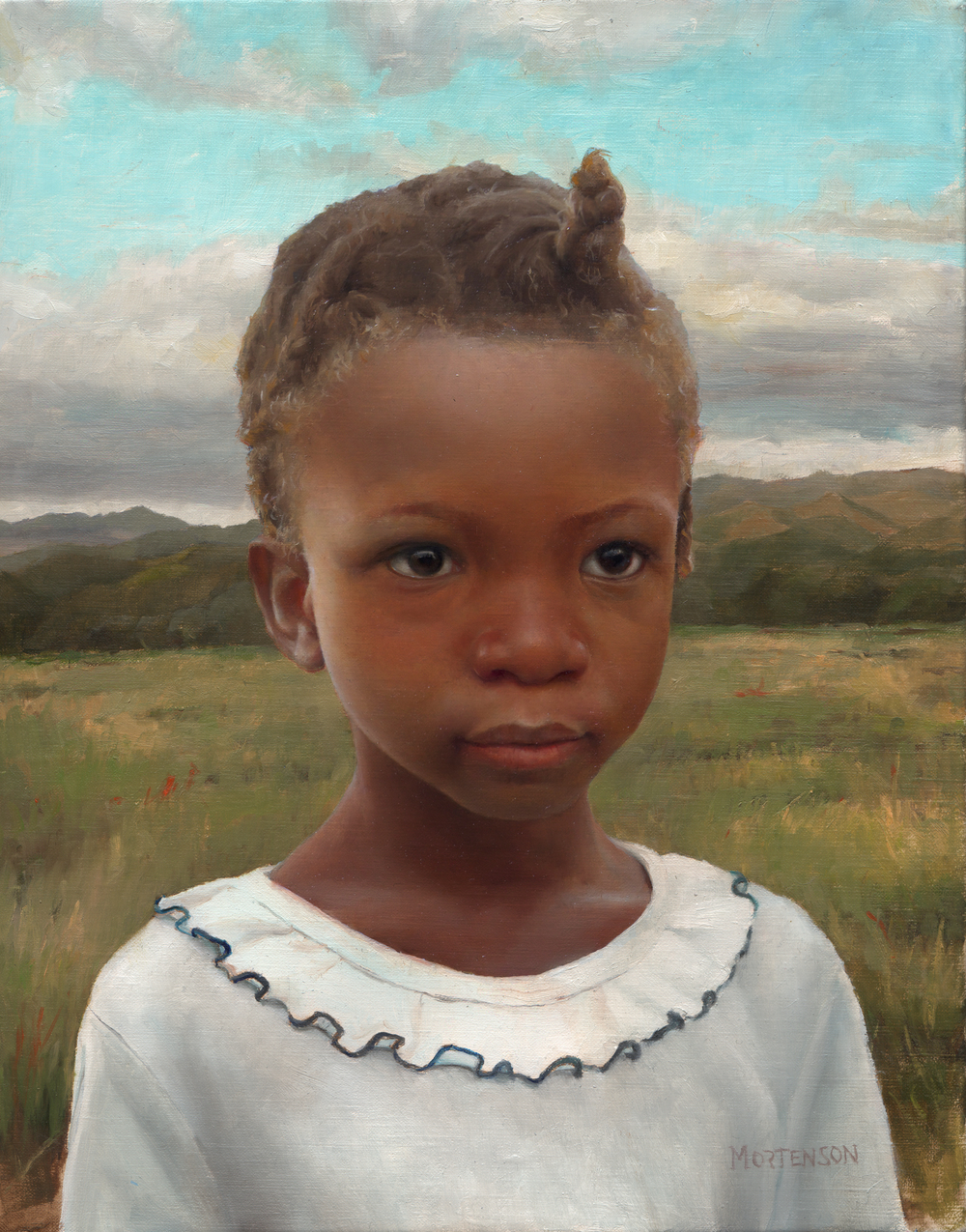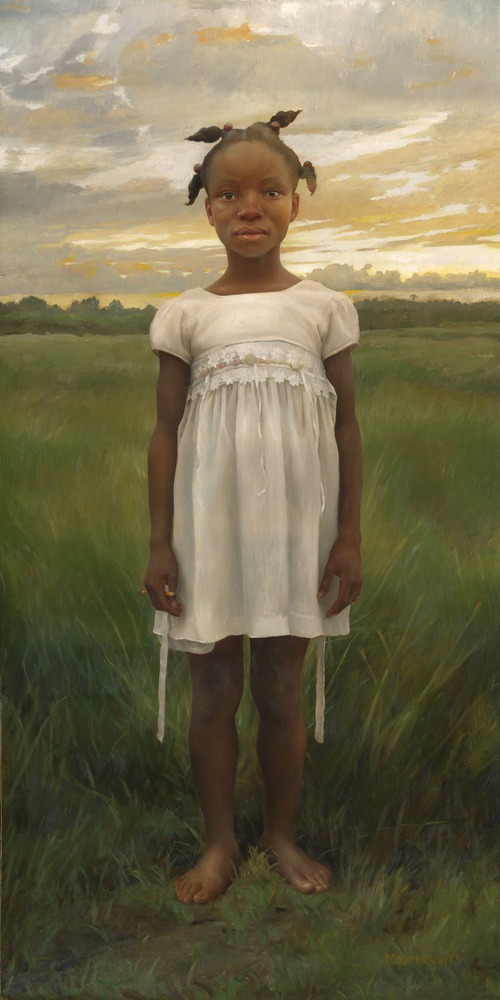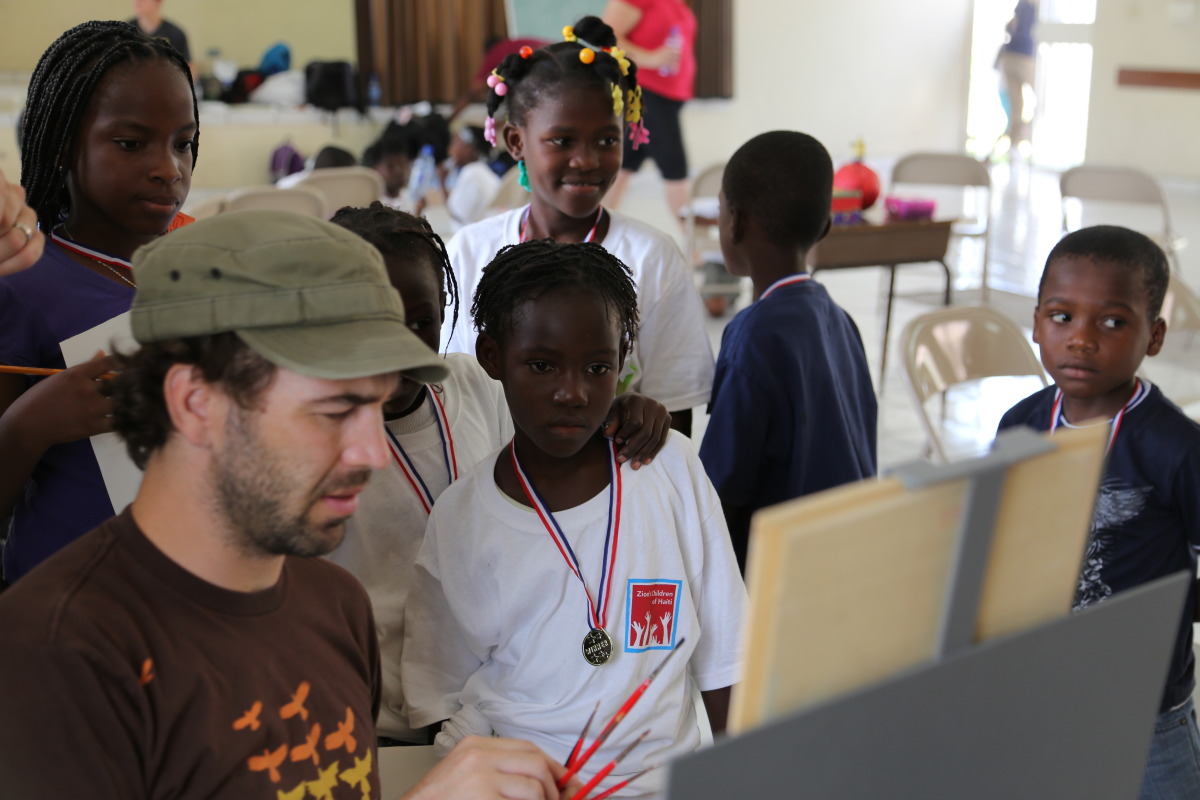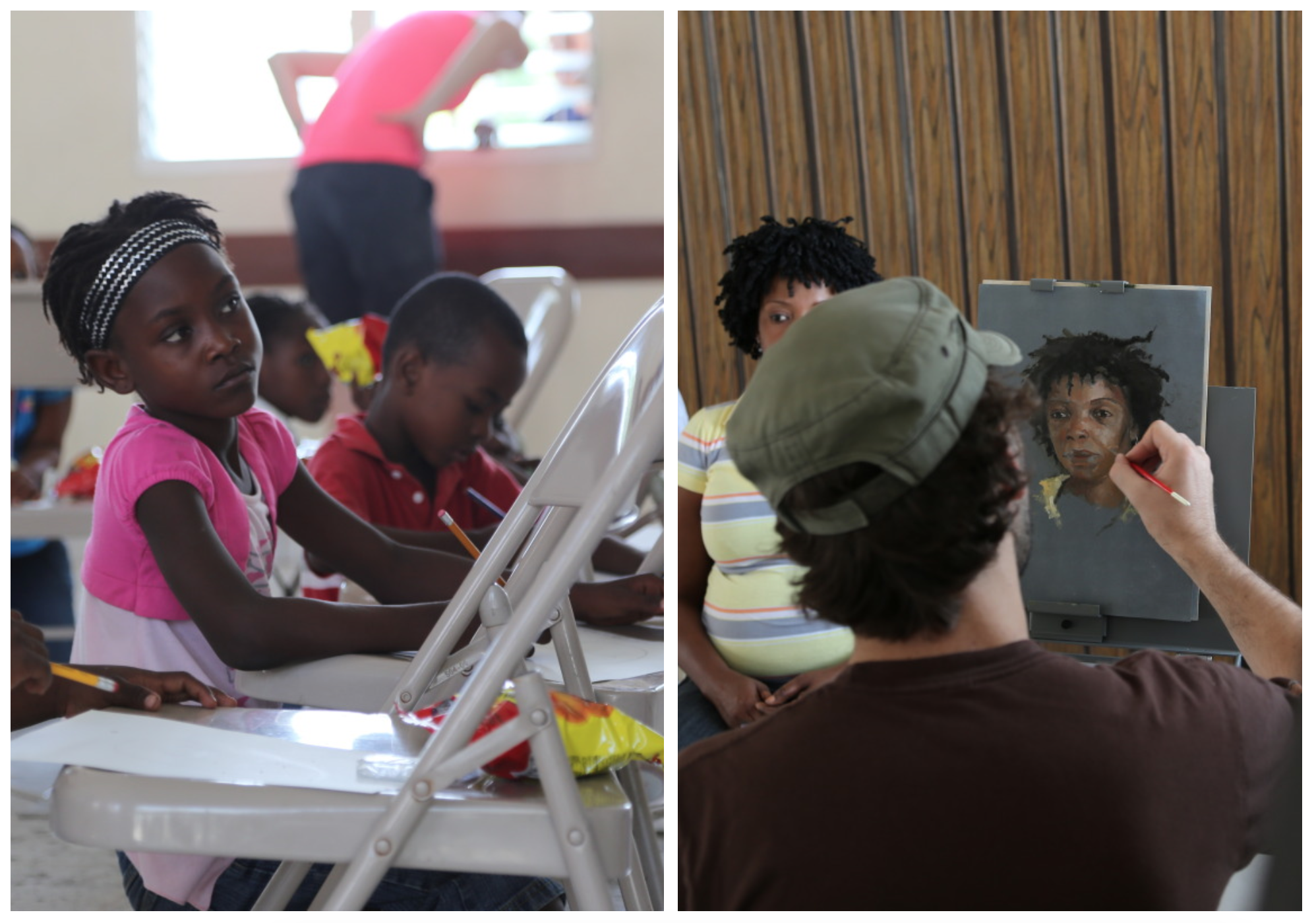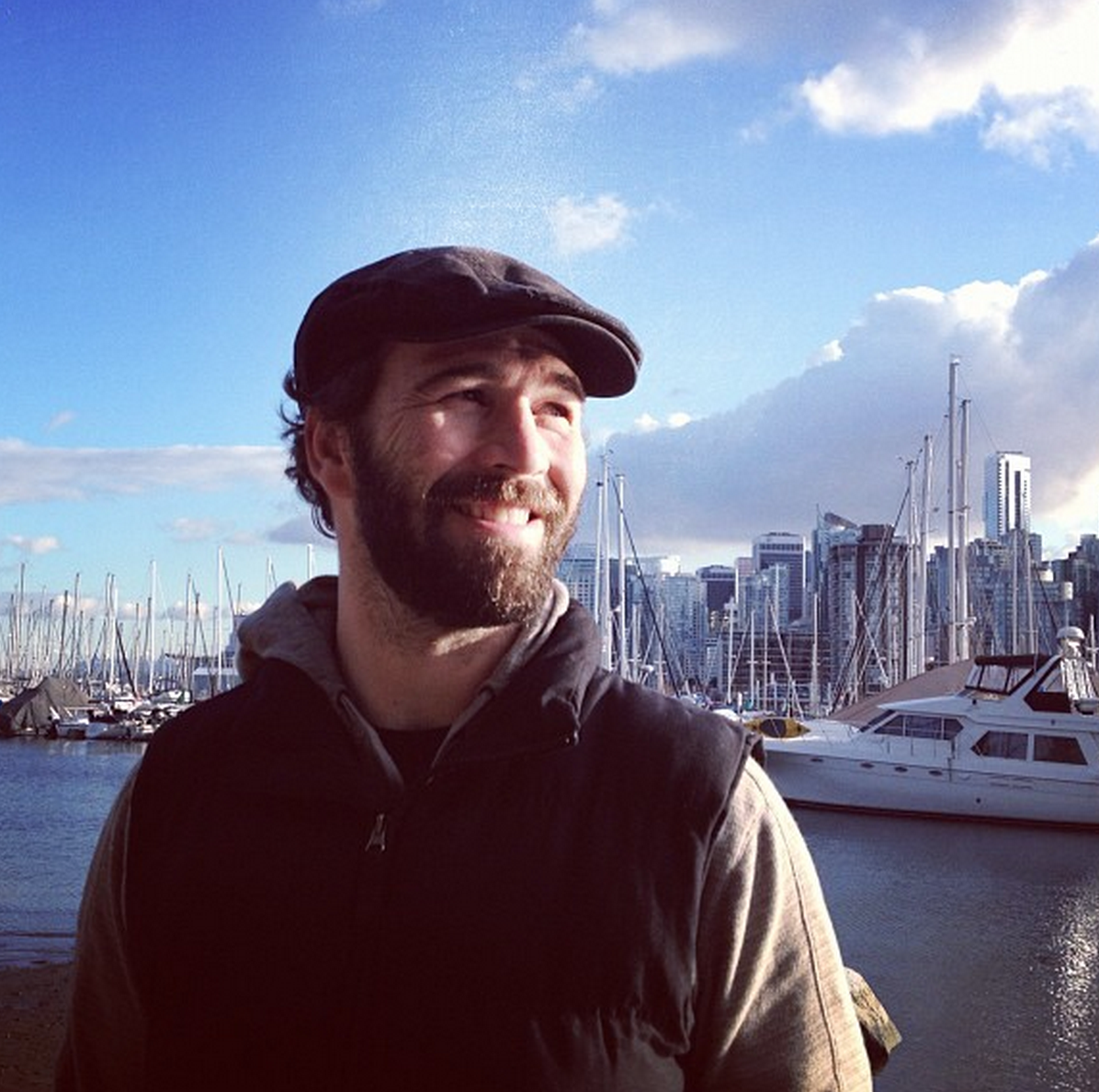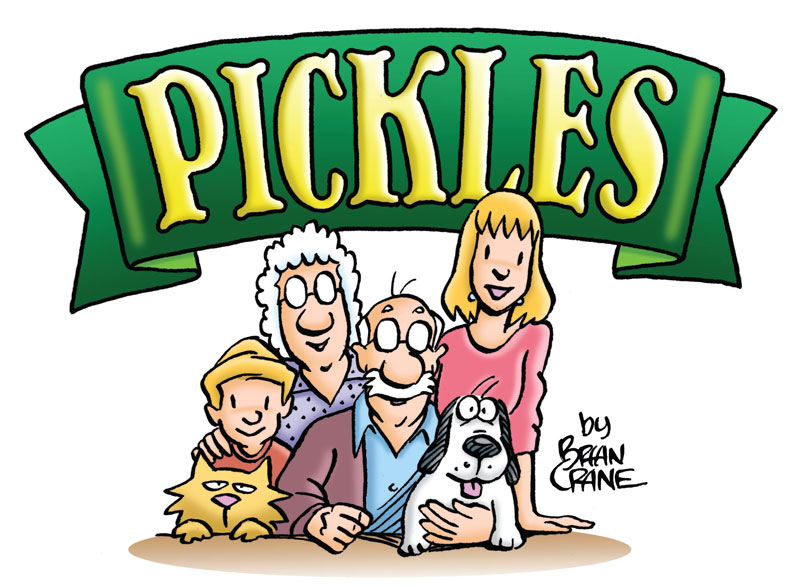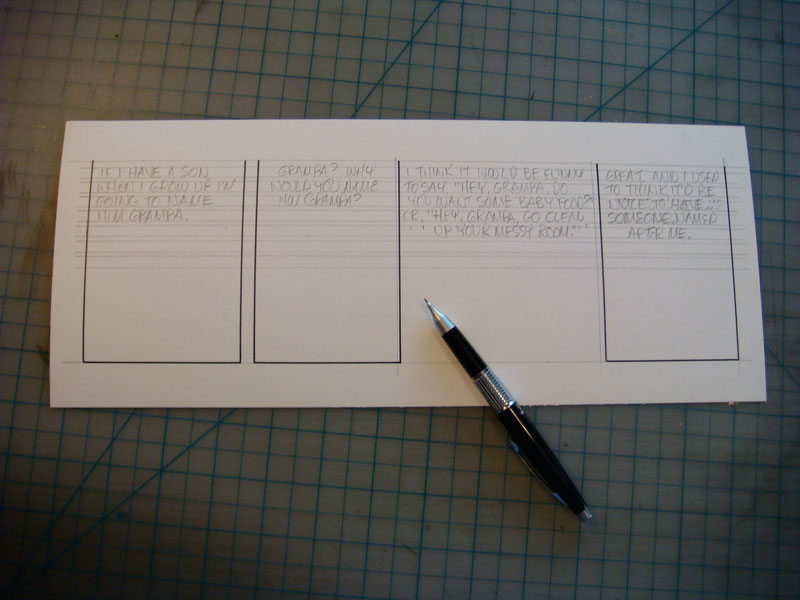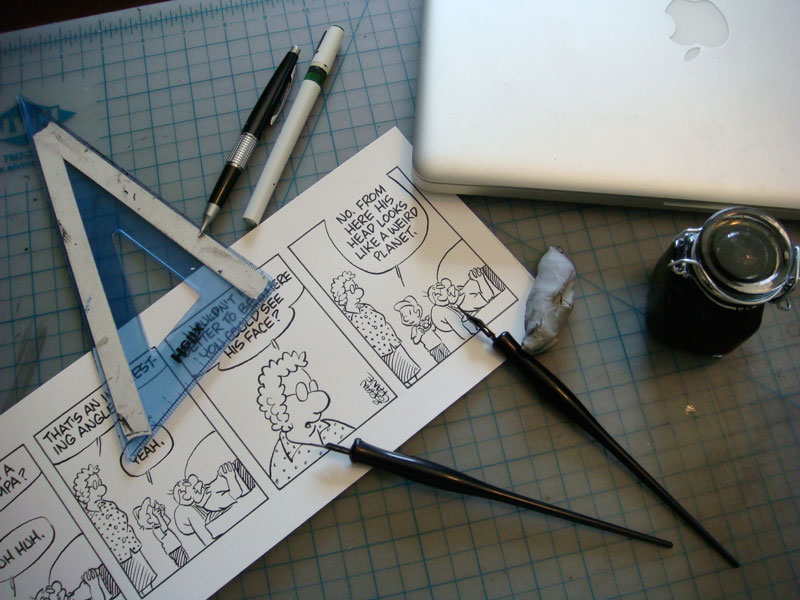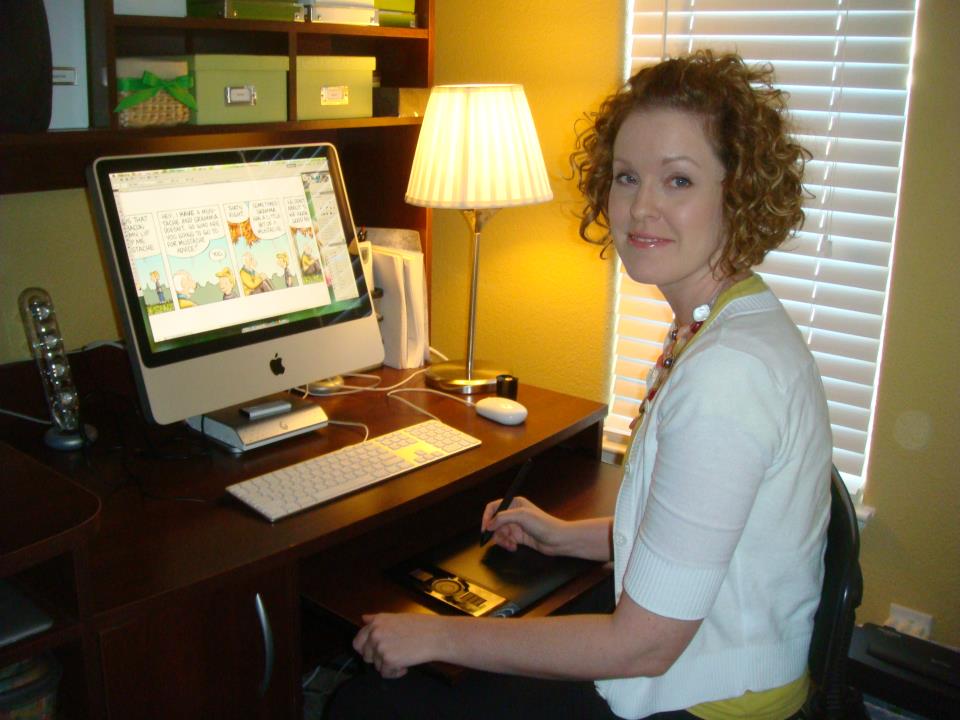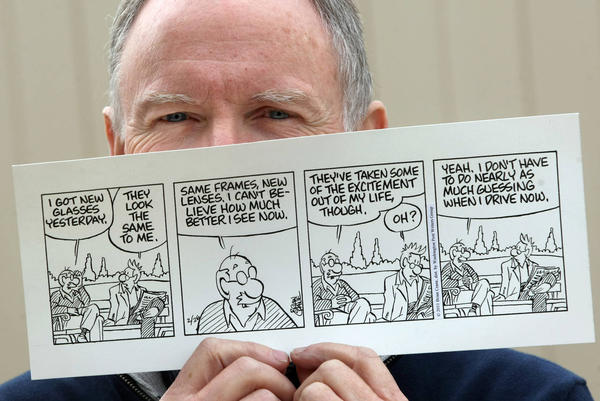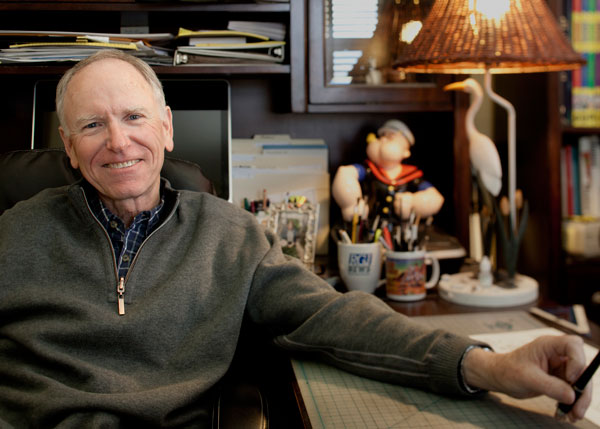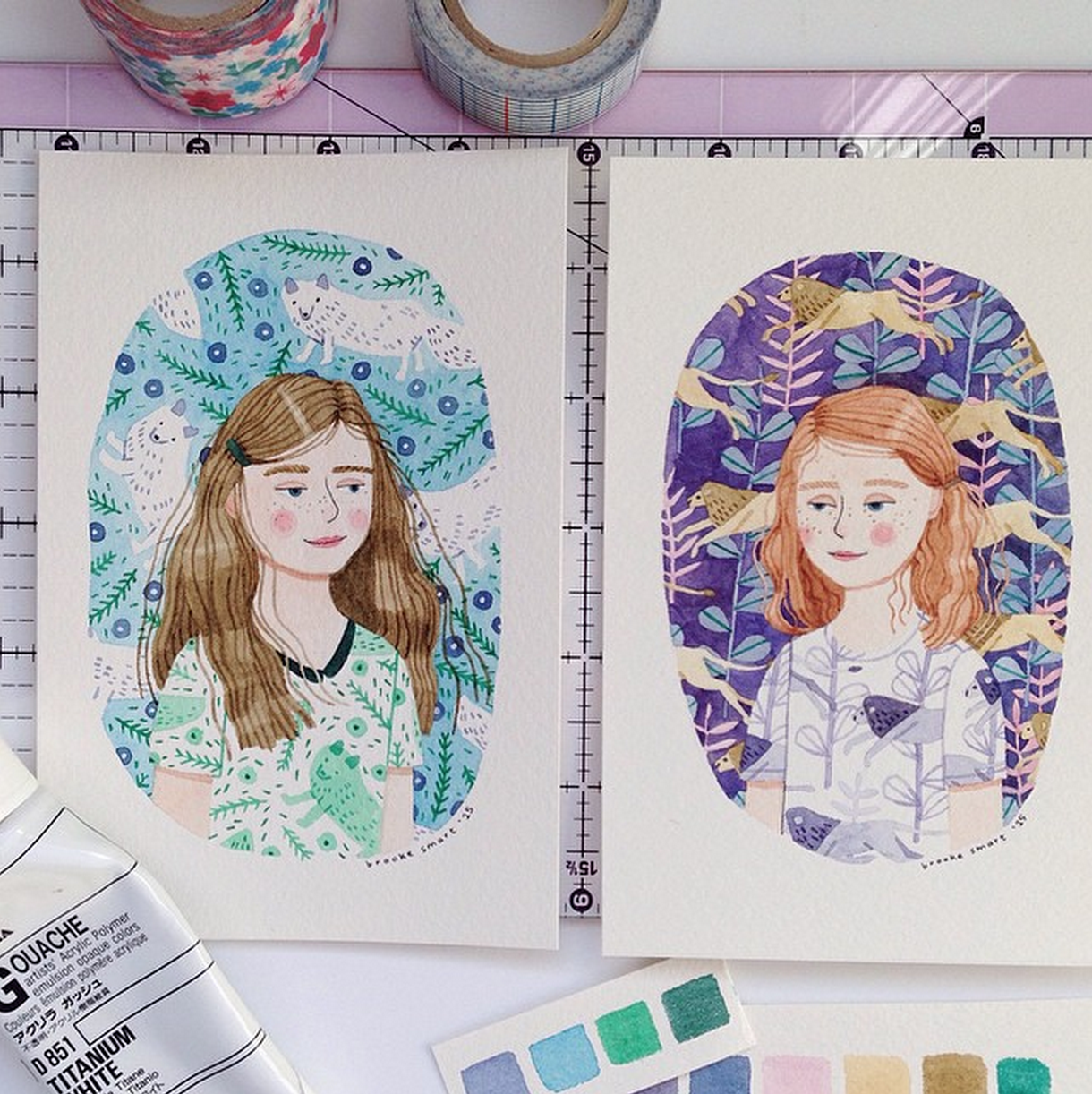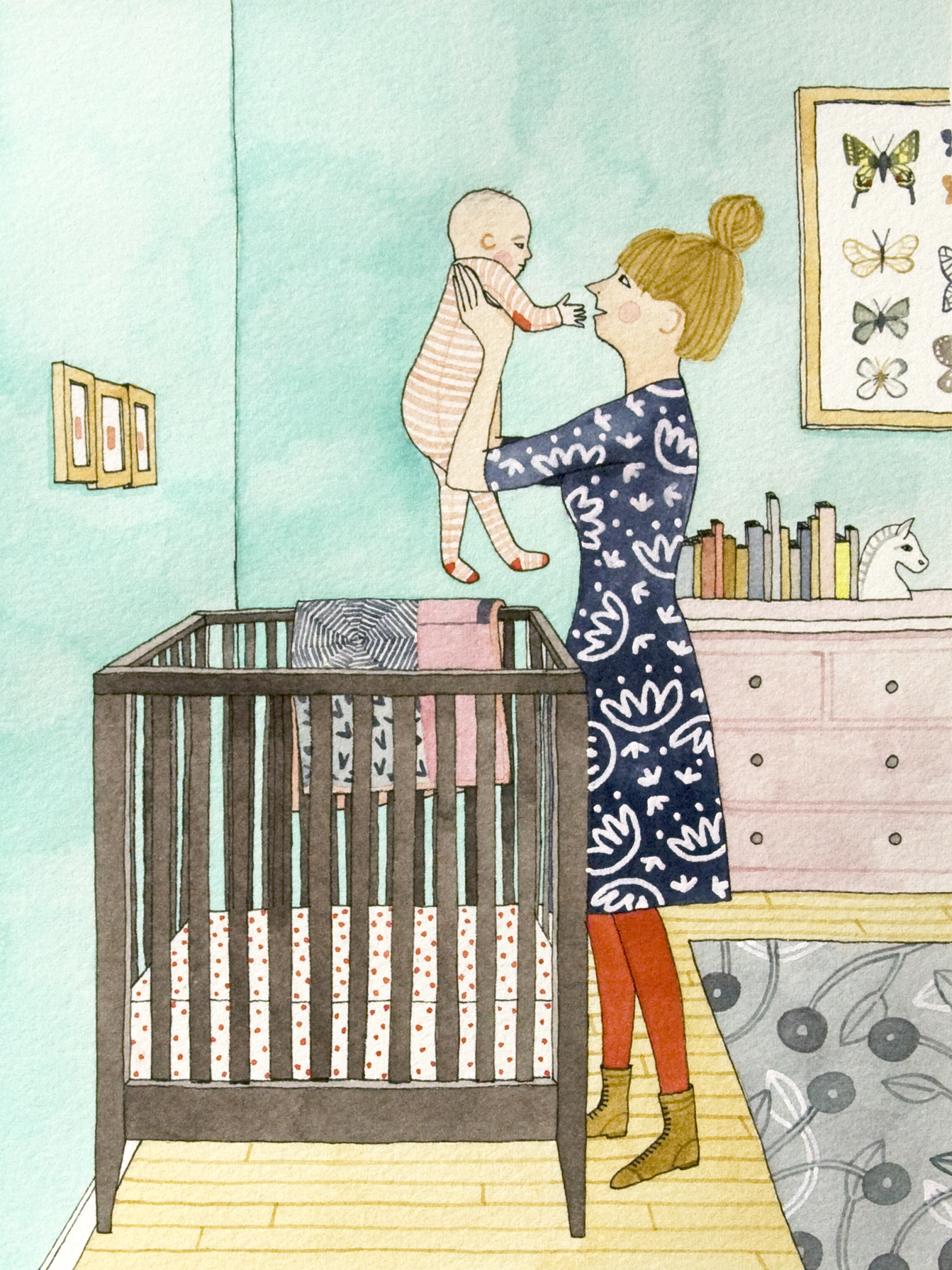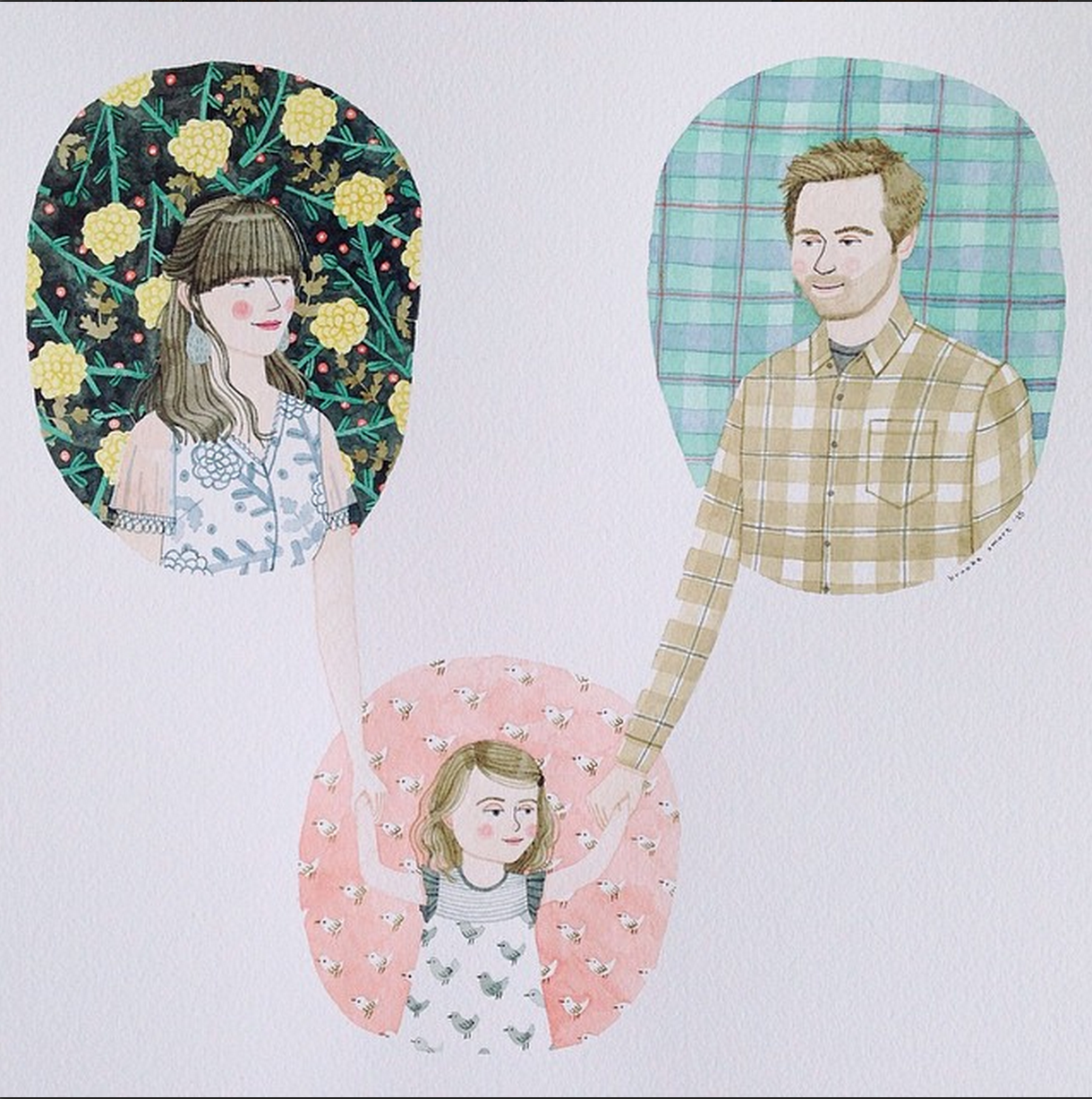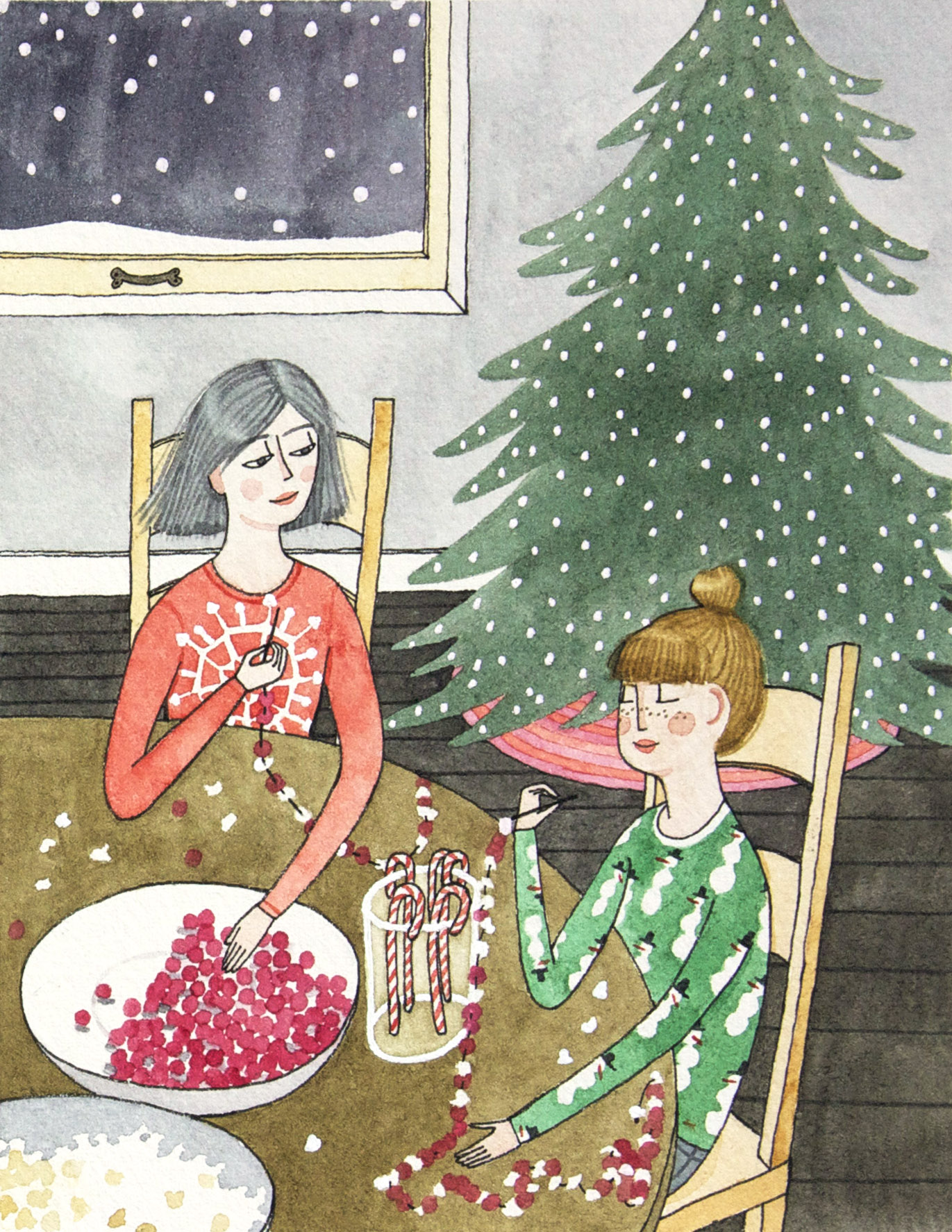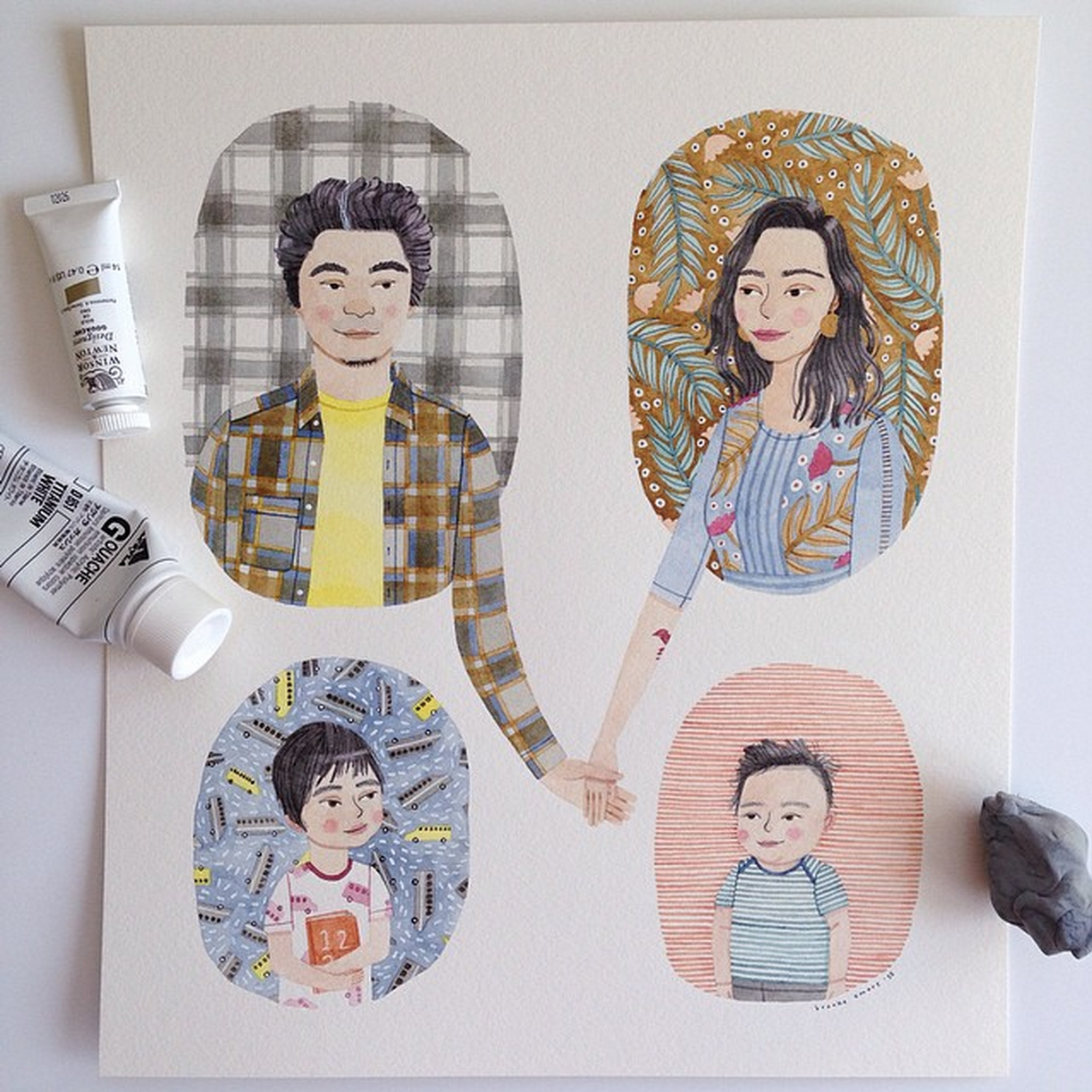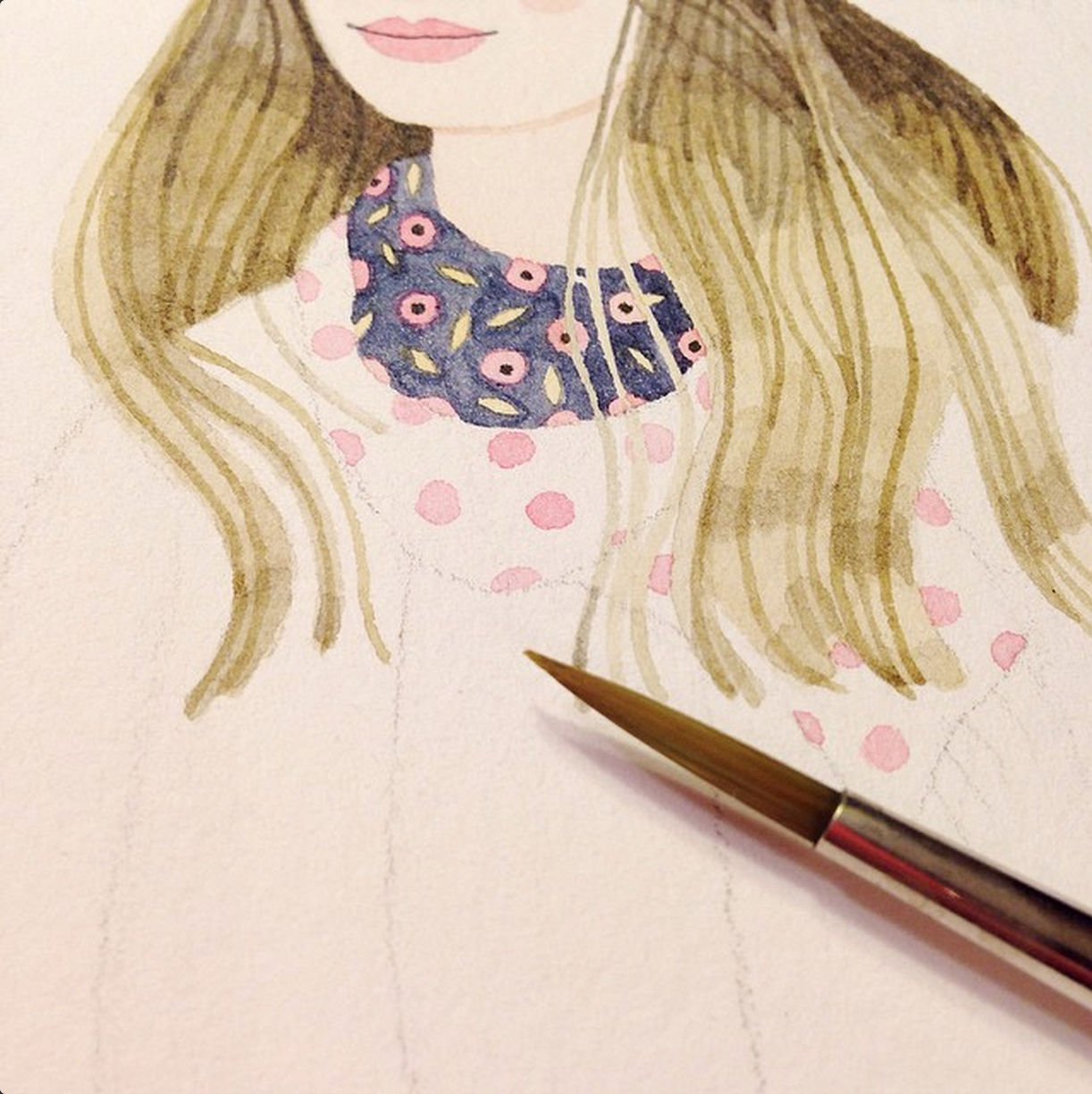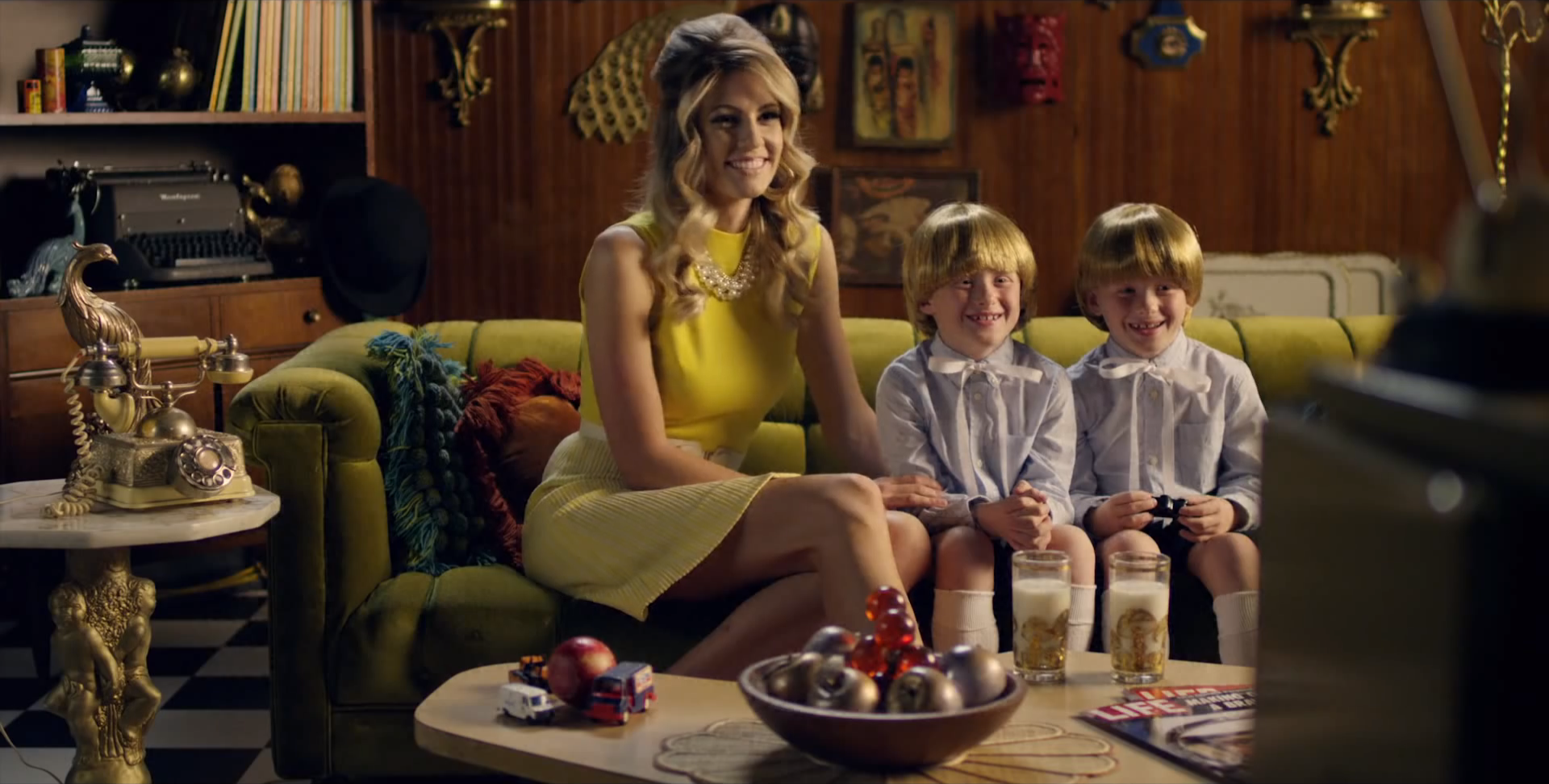
Lindsey Shores’ fashion career started at a young age and progressed over the years into a position with top fashion stylist, Penny Lovell. Shores was involved with dressing celebrities for premieres, Emmys, Oscars, editorials, late night talk shows, and many other events. She was able to assist in styling the likes of Ginnifer Goodwin, Emily Deschanel, Rebecca Romijn, Olivia Munn, and Emilie De Ravin. Lindsey moved back to Utah in 2011 and soon after worked in wardrobe for the hit TV series, Studio C. While in Utah, she’s fashioned stars such as Elaine Bradley of Neon Trees, indie folk singer Mindy Gledhill, and popular bands Mates of State and Imagine Dragons.

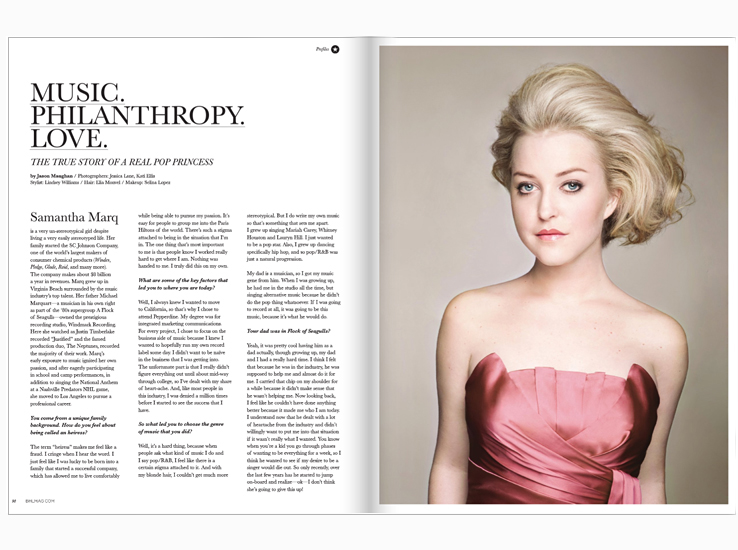
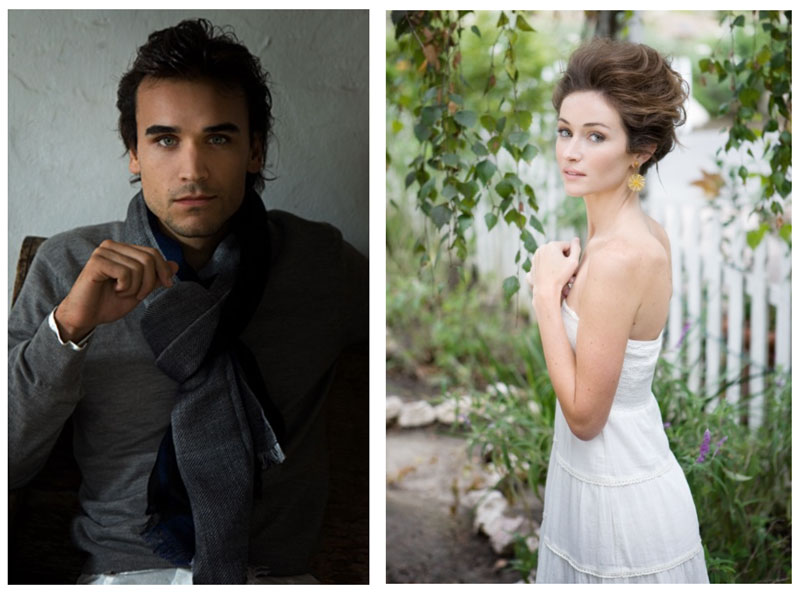
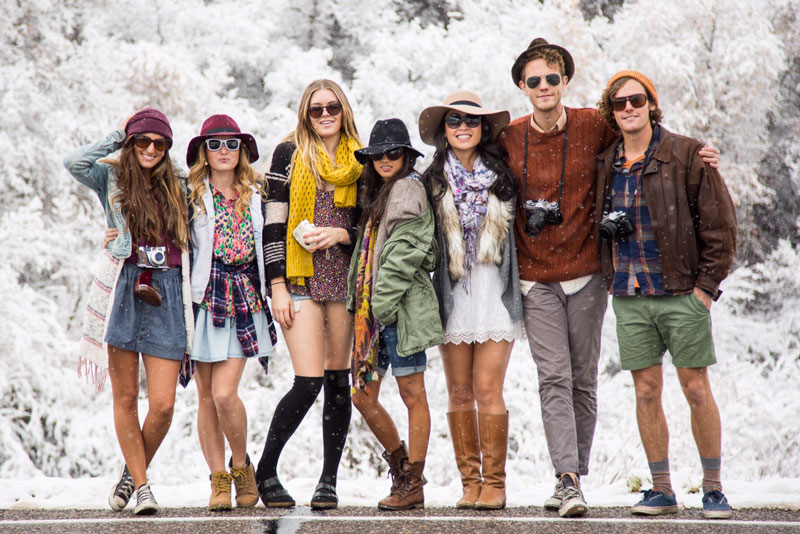
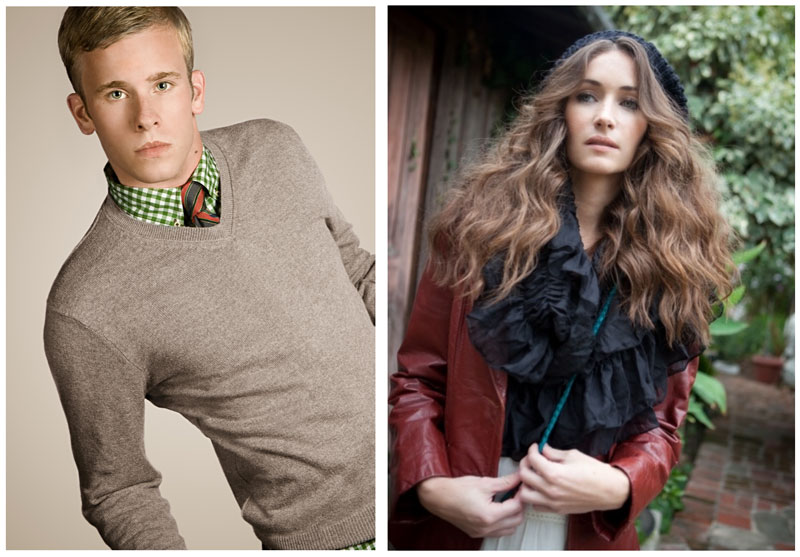
Walk us through an assignment. One of the music videos I really enjoyed working on was the Imagine Dragons, “On Top of the World”. Not only was it great to work with the band and cast, but the production quality and team it required for some of the shots was expansive and working on larger projects can be really fun. To be the stylist/costumer for a video such as this one that’s a period piece requires a lot of homework and research to get the exact year of 1969 that the producer and directors were hoping for. I first meet with the directors and/or producer and take a lot of notes of what style and vision they’re going for with the overall look as well as specifics for band and cast members. After meeting with them I get a start on shopping the pieces and looks for who is already cast. Most projects come down to the wire with a lot of casting and changes so you have to be willing to be flexible which can be rough when you’re trying to find sizes for someone who isn’t even cast yet, but will be in the shoot the next day. This video took two weeks of my personal prep and then I brought on an assistant stylist and intern to help for a few days prep as well as shooting days. With this being set in ’69, I shopped a lot of vintage stores in Utah as well as Ebay and Etsy and pulled it together by using some of my own personal pieces and some of the directors. It’s always most ideal to do a fitting at least with the main cast before the actual shoot but the luxury of that happening because of schedules is rare. The band flew in late at night and the next day we were filming, so crossing fingers that everything works out perfectly is often too common.
You worked in Los Angeles and now in Utah. How different is the work and how different are the people? I’ve loved working in both places, but they are pretty different. In LA I was assisting a Hollywood stylist and worked with many celebrity clients for all their red carpet events, editorials and anything else they would attend publicly. The work was brutal at times and required a lot of heavy lifting of couture beaded gowns, thousands of dollars of jewelry and a hustle when events were about to start within the hour while still waiting on a clients custom shoes to be finished. The people in LA were all very nice, from all the fashion houses where I’d pull and pick up cloths to the stylist, team and clients I worked with. I moved back to Utah and quickly got involved working in television, film, commercials, music videos and photographers as there are no red carpet events here. Utah is my hometown and it’s been great to work here, but I do miss handling couture, attending fashion line openings and working with stores on Rodeo Drive.
What’s your favorite crazy story from your experiences? I have one that stands out from when I worked in LA–when we were getting Rose Byrne ready for the Emmy’s. She’s a desired actress to dress which means many designers are hoping to send their gowns our way for her to wear them to the event. Although we’d always pull at least 60 gowns for a fitting, we narrowed it down to just two of which both Rose would look like a knockout in. We had a fitting set for the next day at 4 p.m. with her and had our options ready, however, Chanel was really hopeful we’d dress her in one of their latest. So instead of shipping the Chanel gown overnight, they flew a private jet from Paris to LA in order to bring it to us in time for the fitting. It was an incredible dress and was drenched in hand-sewn gold beads from the sleeves to the floor. Unfortunately, the Gucci gown on her had our jaws dropped so we went with that one instead.
What’s the most rewarding part of your job? Working with personal clients that come to me with a lack of beauty and self confidence and allow me to advise them in so many ways that can make them feel better about themselves through expressing on the outside more authentically. I pull out of each client the good they see in themselves, first by asking them and then observing and getting to know them and then elevating their style to match their amazing personality. Clients often come back to me to say how much I’ve changed their lives and helped them with feeling confident again and how it’s helped them receive a new promotion, boyfriend, motivation to work out and take care of their body or put themselves out there and become a lot more social. It’s extremely rewarding to see what an outward appearance can do for everyone. We often want to believe that beauty is always and only on the inside, but the reality is that our impressions mean a whole lot too.
Visit Lindsey Shores’ website.
Follow Lindsey Shores on Instagram.
